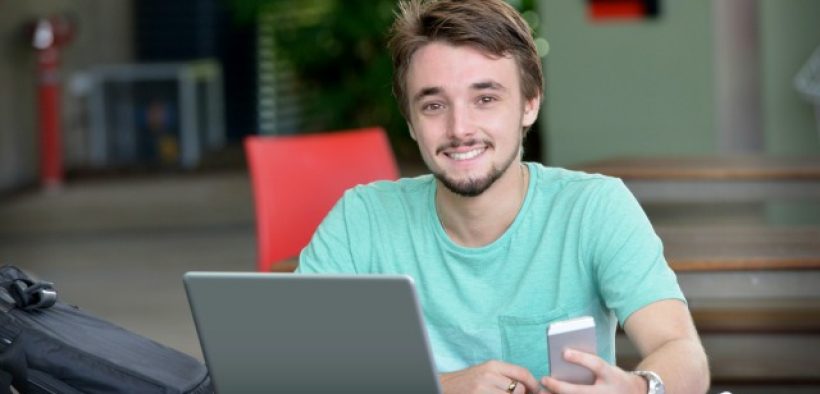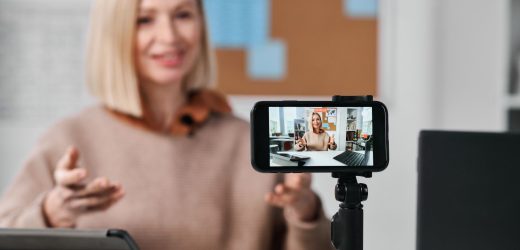With easy access to all sorts of technology, students multitask. So do lots of us for that matter. But students are way too convinced that multitasking is a great way to work. They think they can do two or three tasks simultaneously and not compromise the quality of what they produce. Research says that about 5% of us multitask effectively. Proof of the negative effects of multitasking in learning environments is now coming from a variety of studies.
The question is, how do we get students to stop? We can tell them they shouldn’t. We can include policies that aim to prevent it and devote time and energy trying to implement them. I wonder if it isn’t smarter to confront students with the facts. Not admonitions, but concrete evidence that multitasking compromises their efforts to learn. The specifics are persuasive and here are some examples to share with students.
- In an experiment involving 62 undergraduate students taking a principles of accounting course, half of the cohort was allowed to text during a lecture and half had their phones turned off. After the lecture both groups took the same quiz and the students who did not text scored significantly higher on the quiz.
Ellis, Y., Daniels, W. and Jauregui, A. (2010). The effect of multitasking on the grade performance of business students. Research in Higher Education Journal, 8 http://www.aabri.com/manuscripts/10498.pdf.
- This research focused on the use of laptops in a 15-week management information systems class enrolling 97 upper division students. With student consent, researchers used a spyware program that tracked the windows and page names for each software application run during class time. Students were encouraged to run “productive windows”—those that related to course content. Spyware also tracked the number of “distractive windows” students ran, including games, pictures, email, instant messaging and web surfing. Students had these distractive windows open 42% of the class time. Students who tried to listen to the lecture while using these distractive windows had significantly lower scores on homework, projects, quizzes, final exams and final course averages than students who looked at mostly productive windows. Researchers also found that this population under reported the extent of their multitasking.
Kraushaar, J. M. and Novak, D. C. (2010). Examining the affects of student multitasking with laptops during lecture. Journal of Information Systems Education, 21 (2), 241-251.
- Students taking a general psychology course were asked to read on a computer a 3,828 word passage. One group used instant messaging before they started reading, another group used instant messaging while they were reading and a third group read without instant messaging. The group that used instant messaging while they read took between 22 and 59% longer to read the passage than students in the other two groups and that was after the time spent instant messaging was subtracted from the reading times.
Bowman, L. L., Levine, L. E., Waite, B. M. and Dendron, M. (2010). Can students really multitask? An experimental study of instant messaging while reading. Computers & Education, 54, 927-931.
- A cross-disciplinary cohort of 774 students responded to a survey which documented that the majority of them engaged in classroom multitasking. Their multitasking was significantly related to lower GPA and to an increase in risk behaviors including use of alcohol, tobacco and other drugs.
Barak, L. (2012). Multitasking in the university classroom. International Journal for the Scholarship of Teaching and Learning, 6 (2) http://academics.georgiasouthern.edu/ijsotl/v6n2.html.
- Students in a general psychology course completed weekly surveys on various aspects of the class. They reported their attendance, and if they used laptops during class for things other than note taking (like checking email, instant messaging, surfing the Web, playing games). They also rated how closely they paid attention to the lectures, how clear they found the lectures and how confident they were that they understood the lecture material. The level of laptop use negatively correlated with how much attention students paid to the lectures, the clarity of the lectures and how well they understood the lecture material. “The level of laptop use was significantly and negatively related to student learning. The more students used their laptops in class, the lower their class performance.” (p. 910)
Fried, C. B. (2008). In-class laptop use and its effects on student learning. Computers and Education, 50 (3), 906-914.







One Response